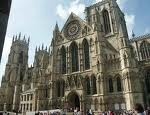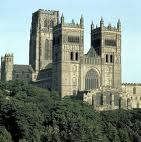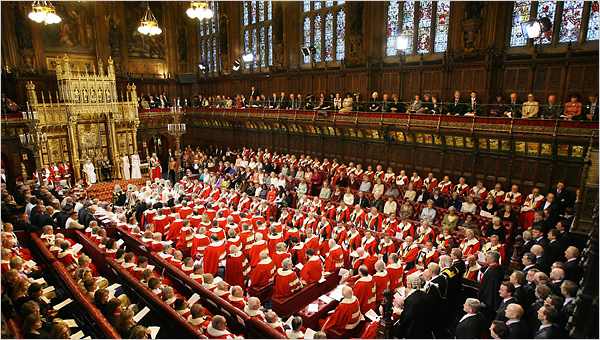

Holy Trinity
Amblecote
The Church of England, or Anglican Church, is the officially established Christian church in England. The Monarch is its Supreme Governor and the Archbishop of Canterbury is the Primate of all England. The Church of England believes itself to be both Catholic and Reformed and has over thirteen million members.
Catholic -
Reformed -
It is an Episcopal church in that the leadership is undertaken by Bishops.
The Church of England is based on small geographical areas called Parishes, each served by a Parish Church. Several parishes are grouped into a Deanery presided over by a Rural Dean (who is also the incumbent of one of the parishes) and governed by Deanery Synod comprising both members of the Clergy and of the Laity.
A number of Deaneries form part of a Diocese (or See) each of which has a Diocesan Bishop who may be assisted by one or more Suffragan (or assistant) Bishops and a number of Archdeacons. There are forty four Dioceses in the Anglican Communion including two which are not in the United Kingdom. The forty-

Canterbury Cathedral
Primates
The Dioceses are divided into two Provinces each under the jurisdiction of one of only two Archbishops.
Canterbury
The more senior is the Archbishop of Canterbury who is the archbishop of the southern province of England, the Province of Canterbury. He is known as the Primate of All England and Metropolitan.
York
The second most senior bishop is the Archbishop of York, who is the archbishop of the northern province of England, that of York. He is, for historical reasons, referred to as the Primate of England.

York Minster
The Bishops
Next in order of seniority are The Lord Bishop of London, The Lord Bishop of Durham and The Lord Bishop of Winchester.
Diocesan Bishops
Bath & Wells, Birmingham, Blackburn, Bristol, Carlisle, Chelmsford, Chester, Chichester, Coventry, Derby, Ely, Exeter, Gibraltar in Europe, Gloucester, Guildford, Hereford, Leicester, Lichfield, Leeds, Lincoln, Liverpool, Manchester, Newcastle, Norwich, Oxford, Peterborough, Portsmouth, Rochester,
St. Albans, St. Edmundsbury & Ipswich, Salisbury, Sheffield, Sodor & Man, Southwark, Southwell & Nottingham, Truro, Worcester.

Durham Cathedral
The House of Lords (as of April 2020)
Only twenty-
Those Bishops who sit, at present, in the House of Peers are: Birmingham, Blackburn, Bristol*, Canterbury, Carlisle, Chelmsford, Chichester, Coventry, Derby*, Durham, Ely, Gloucester*, Leeds, Lincoln, London, Newcastle*, Oxford, Peterborough, Portsmouth, Rochester, Salisbury, Southwark, St Albans, Winchester, Worcester and York.
For a list of the diocese in the Anglican Communion together with dates of creation.

The House of Peers in the Palace of Westminster